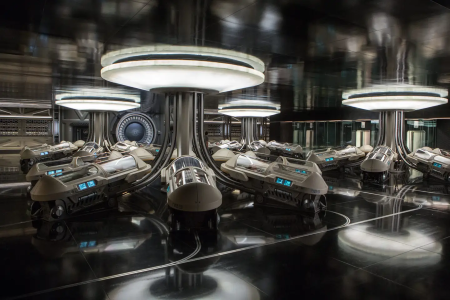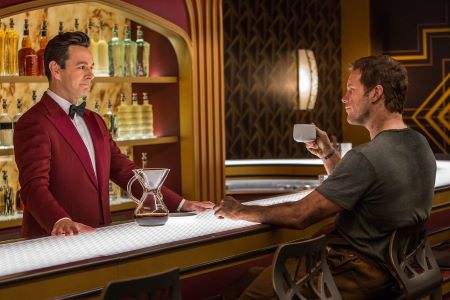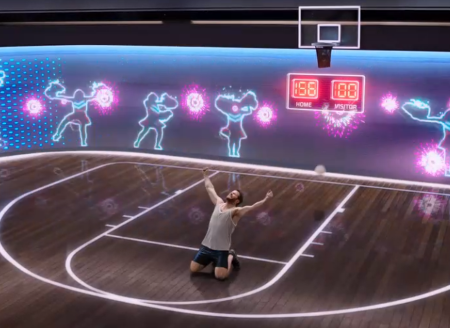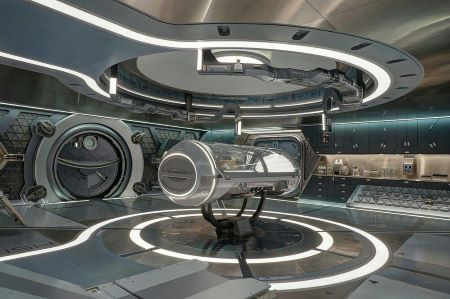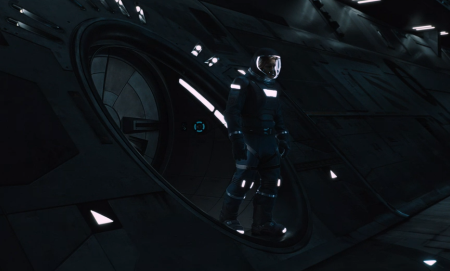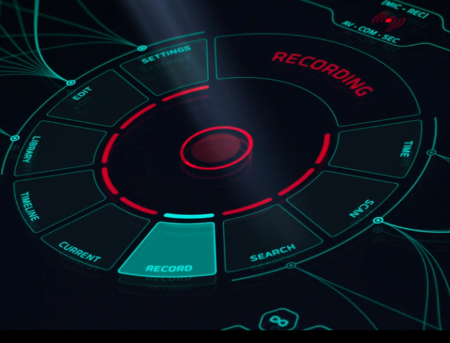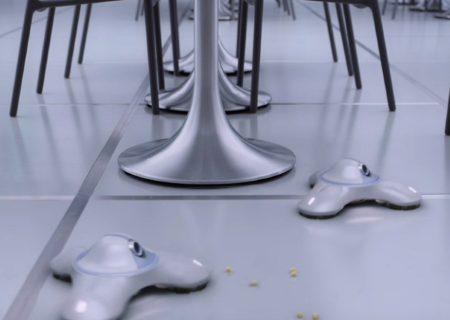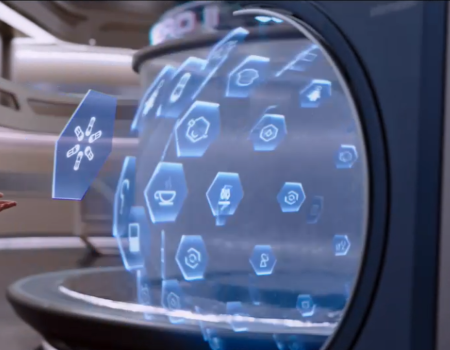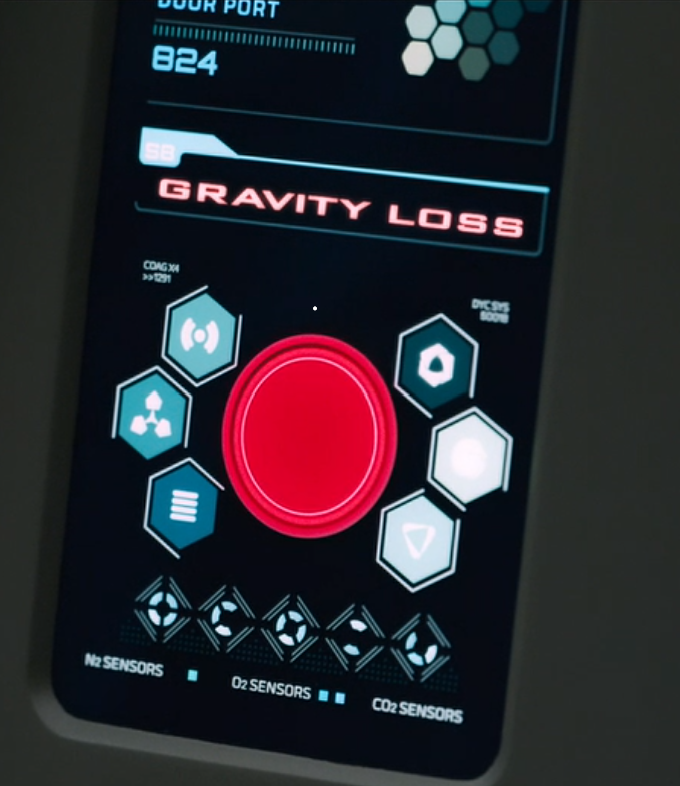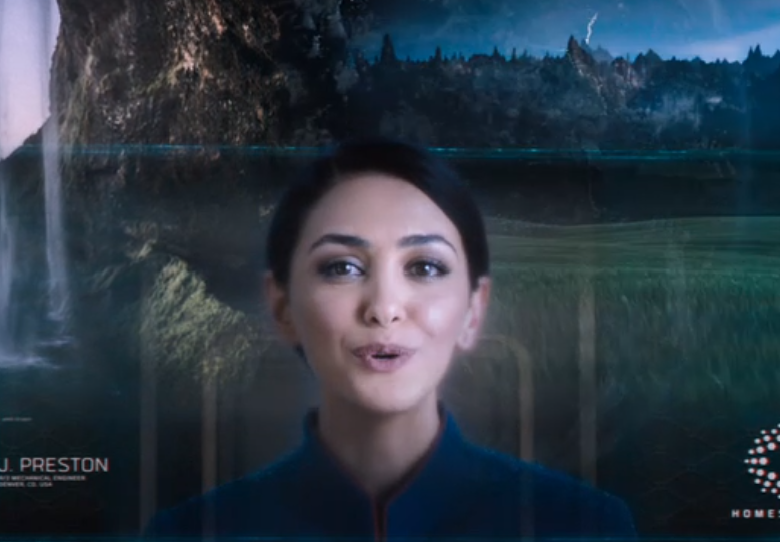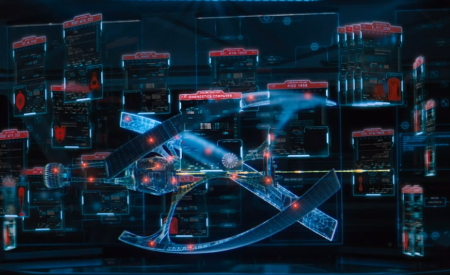Hibernation Pods:
The spaceship in the movie, the Starship Avalon, uses advanced hibernation pods that allow passengers to sleep for extended periods during the long journey through space. These pods are equipped with advanced life support and monitoring systems to ensure the safety of the passengers while in hibernation. Relating to real life, hibernation pods are a real thing in development by the European Space Agency. These pods reduce the metabolic rate of a crew en route to Mars down to 25% of the normal state, dramatically reducing the number of supplies and habitat size, and making long-duration exploration more feasible. The computing device used for such hibernation mimics therapeutic torpor, which is the idea of putting humans into a state of hibernation by inducing hypothermia to reduce metabolism. The details on how to estate hibernation in the movie is to Stabilize And Suspend, which stops all metabolic activity, which is scientifically impossible, but this is a sci-fi movie [14].
